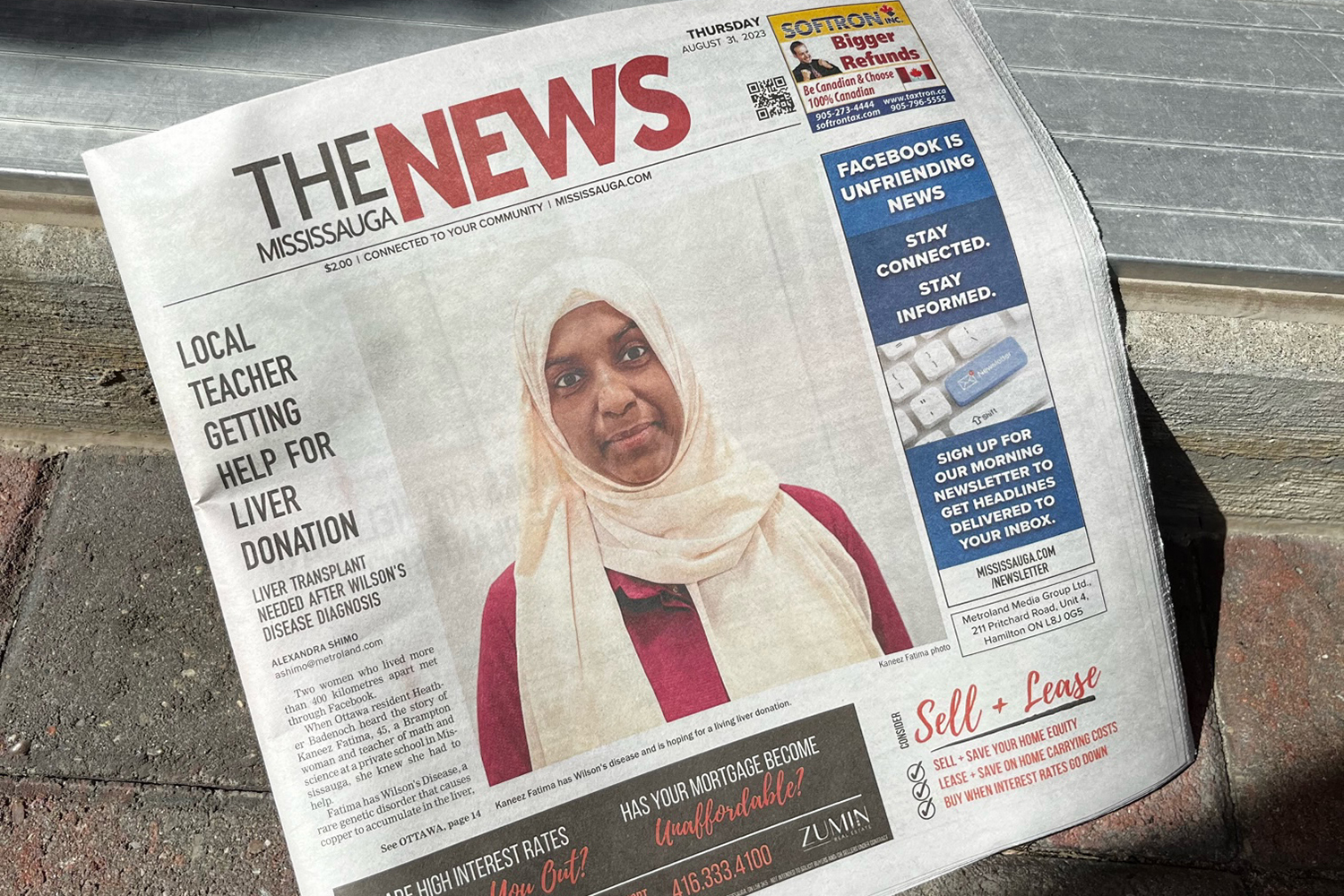News Articles - Questions
News Articles - Questions
Blog Article
News Articles Things To Know Before You Get This
Table of ContentsThe smart Trick of News Articles That Nobody is Talking About10 Simple Techniques For News ArticlesThe Definitive Guide for News ArticlesA Biased View of News ArticlesUnknown Facts About News Articles
Good expertise of different subjects gives trainees an affordable side over their peers. Even though digital and social media sites are conveniently accessible, we need to not forget how important it is to check out the papers. Parents need to try and inculcate the practice of reviewing a paper as a day-to-day routine to proceed the legacy of the revered print medium.Information stories also consist of at the very least one of the adhering to important qualities family member to the designated audience: distance, prestige, timeliness, human passion, quirk, or repercussion.
Within these restrictions, information tales additionally intend to be thorough. However, various other factors are involved, some stylistic and some derived from the media form. Amongst the larger and much more reputable newspapers, fairness and balance is a significant variable in offering info. Commentary is usually restricted to a different section, though each paper might have a various overall slant.
Newspapers with a worldwide audience, for example, tend to utilize a more formal style of composing. News Articles.; common style overviews include the and the United States News Style Publication.
The Basic Principles Of News Articles
Generally, reporters will not use a lengthy word when a brief one will do. They make use of subject-verb-object building and dazzling, energetic prose (see Grammar). They supply stories, instances and metaphors, and they rarely depend upon generalizations or abstract ideas. News authors try to stay clear of using the exact same word much more than when in a paragraph (sometimes called an "echo" or "word mirror").
However, headlines occasionally leave out the topic (e.g., "Jumps From Watercraft, Catches in Wheel") or verb (e.g., "Pet cat lady lucky"). A subhead (additionally subhed, sub-headline, subheading, caption, deck or dek) can be either a secondary title under the main headline, or the heading of a subsection of the article. It is a heading that precedes the main message, or a group of paragraphs of the main text.

of a short article topic, source, or interviewee), it is referred to as a pulled quotation or draw quote. Additional signboards of any one of these types might appear later in the write-up (particularly on subsequent web pages) to lure further reading. Journalistic sites occasionally utilize computer animation techniques to swap one signboard for one more (e.g.
Getting My News Articles To Work
Such signboards are also utilized as guidelines to the short article in various other sections of the publication or website, or as ads for the item in other publication or sites. Press launch of the Swiss federal government. Normal framework with title, lead paragraph (recap in bold), other paragraphs (information) and contact info.

Example of a hard-lead paragraph NASA is proposing one more space job. The agency's budget plan request, announced today, included a strategy to send another mission to the Moon. This time the company intends to develop a long-term facility as a jumping-off point for various other area adventures. The budget demands roughly $10 billion for the project.
An "off-lead" is the second most vital front web page information of the day. To "hide the lead" is to start the post with background information or details of additional Get the facts value to the readers, requiring them to review more deeply right into a write-up than they should have to in order to find the essential points.
Not known Details About News Articles
Usual use is that one or 2 sentences each develop their own paragraph. Reporters typically define the company or structure of a newspaper article as an inverted pyramid. The essential and most interesting elements of a tale are put at the start, with sustaining details following in order of decreasing relevance.
It allows individuals to explore a topic to just the depth that their inquisitiveness takes them, and without the charge of information or nuances that they could think about irrelevant, yet still making that details available to extra interested readers. The upside go right here down pyramid framework additionally allows write-ups to be trimmed to any kind of arbitrary length throughout layout, to fit in the room available.
Some writers start their tales with the "1-2-3 lead", yet there are numerous kinds of lead offered. A twist can refer to multiple things: The last tale in the news broadcast; a "satisfied" tale to finish the program.
Longer short articles, such as magazine cover articles and the items that lead the inside areas of a newspaper, are recognized as. Feature stories vary from straight information in a number of ways.
The smart Trick of News Articles That Nobody is Talking About
The reporter usually information interactions with interview subjects, making the item more individual. A feature's first paragraphs typically connect an interesting minute or event, as in an "unscientific lead". From the details of an individual or episode, its view swiftly broadens to generalities about the story's subject. The section that indicates what an attribute is around is called the or billboard.

The Editor's Toolbox: A Referral Guide for Beginners and Professionals (2001) Allan M. Siegal and William G. Connolly. The New York City Times Manual of Style and Use: The Authorities Style Guide Utilized by the Writers and see here Editors of the Globe's Many Reliable Newspaper (2002) M. L. Stein, Susan Paterno, and R.
Report this page